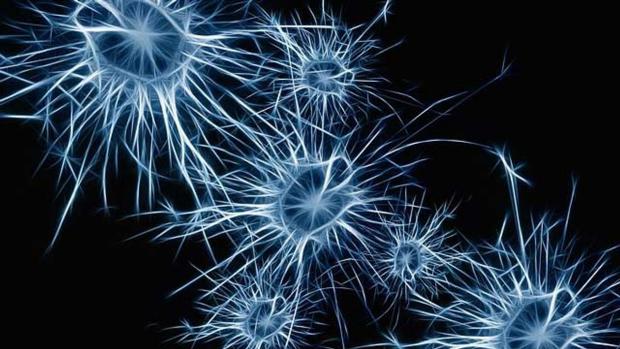
Breaking News
Chicago Homicide Rate: 2025 Analysis
 Tennessee Sues Roblox, Says Game is a 'Gateway for Predators' Targeting Children
Tennessee Sues Roblox, Says Game is a 'Gateway for Predators' Targeting Children
 Kushner and Witkoff Reportedly Draft $112B Plan to Turn Gaza Into 'Smart City'...
Kushner and Witkoff Reportedly Draft $112B Plan to Turn Gaza Into 'Smart City'...
 Christmas in Venezuela: What It Was Like After Socialism Destroyed the Country
Christmas in Venezuela: What It Was Like After Socialism Destroyed the Country
Top Tech News
 Perfect Aircrete, Kitchen Ingredients.
Perfect Aircrete, Kitchen Ingredients.
 Futuristic pixel-raising display lets you feel what's onscreen
Futuristic pixel-raising display lets you feel what's onscreen
 Cutting-Edge Facility Generates Pure Water and Hydrogen Fuel from Seawater for Mere Pennies
Cutting-Edge Facility Generates Pure Water and Hydrogen Fuel from Seawater for Mere Pennies
 This tiny dev board is packed with features for ambitious makers
This tiny dev board is packed with features for ambitious makers
 Scientists Discover Gel to Regrow Tooth Enamel
Scientists Discover Gel to Regrow Tooth Enamel
 Vitamin C and Dandelion Root Killing Cancer Cells -- as Former CDC Director Calls for COVID-19...
Vitamin C and Dandelion Root Killing Cancer Cells -- as Former CDC Director Calls for COVID-19...
 Galactic Brain: US firm plans space-based data centers, power grid to challenge China
Galactic Brain: US firm plans space-based data centers, power grid to challenge China
 A microbial cleanup for glyphosate just earned a patent. Here's why that matters
A microbial cleanup for glyphosate just earned a patent. Here's why that matters
 Japan Breaks Internet Speed Record with 5 Million Times Faster Data Transfer
Japan Breaks Internet Speed Record with 5 Million Times Faster Data Transfer
Magnetic microparticles allow remote control of select brain cells

Scientists at University College London (UCL) have demonstrated in rodents a new type of "micromagnet" that can work as a miniaturized mechanical switch to turn on touch-sensitive cells, offering a new method for controlling specific regions of the brain.
There are parallels between this breakthrough and another exciting branch of research focused on careful control of cells in the body, known as optogenetics. This technique involves inserting genes into otherwise regular calls to make them sensitive to light, allowing them to be stimulated for the purposes of treating paralysis, relieving pain and restoring vision.
Although there have been success stories, such as a case when optogenetics was used for partial vision restoration in a human for the first time last year, adapting the technology for clinical use has proven difficult due to the need for genetic modification of the cells. The UCL team has come up with another way of controlling brain activity that doesn't involve such measures.
"Our new technology uses magnetic particles and magnets to remotely and precisely control brain cell activity and, importantly, does this without introducing any device or foreign gene into the brain," said lead researcher Dr Yichao Yu.
The team's magnet-centric approach involves targeting brain cells called astrocytes, which live between the brain's blood vessels and nerve cells and supply neurons with metabolic and structural support, while also regulating activity of neuronal circuits. Conveniently for the scientists, they also happen to be touch-sensitive.
"Because astrocytes are sensitive to touch, decorating them with magnetic particles means you can give the cells a tiny prod from outside the body using a magnet, and as such, control their function," said senior author, Professor Mark Lythgoe. "This ability to remotely control astrocytes provides a new tool for understanding their function and may have the potential to treat brain and mood disorders, including depression."

 Advanced Propulsion Resources Part 1 of 2
Advanced Propulsion Resources Part 1 of 2

